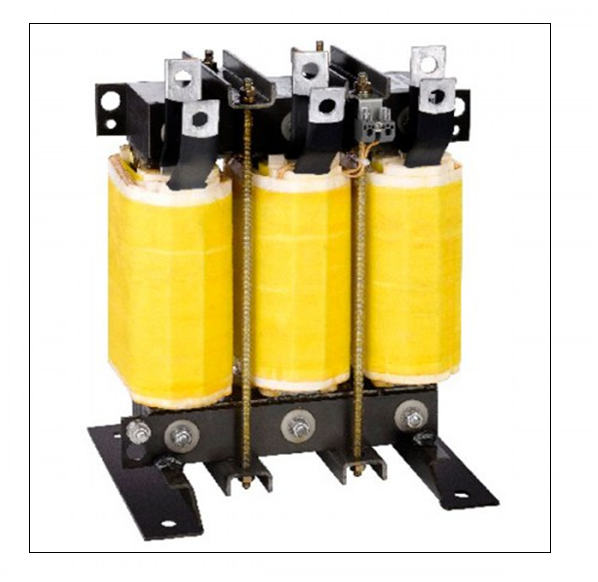Harmonic Filter Reactor
Harmonics are generated by non-linear components and loads in the power system. These elements are characterized by a voltage drop which is not proportional to the current flow. In electrical power engineering a number of such non-linear loads exist, in components and devices such as welding machines, electronic drive systems or fluorescent lighting. You will find them also in private households in, for example, TV sets or computers.
Harmonic currents may have an adverse effect on different electrical components. These include transformers, switches, capacitors, fuses and relays. The detrimental effects are increased losses and heating and/or excessive dielectric stresses. If electric power systems are used for telecommunication purposes as well, harmonic currents may affect the quality of the signal transmission. Electric utilities very often impose high charges when certain maximum levels of harmonic distortion are exceeded.
Therefore harmonic currents have to be eliminated by filters. These harmonic filters, essentially consisting of reactors and capacitors, are usually installed close to the source of harmonics in order to provide a low impedance path for the harmonic currents. This is achieved by series connection of a filter reactor with a capacitor bank, forming a filter circuit tuned to the harmonic frequency which needs to be eliminated. If several harmonic frequencies need to be eliminated, a number of filters with different resonance frequencies will be connected to the bus system, for instance the 3rd, 5th and 7th harmonic of the fundamental frequency (50Hz or 60Hz).
